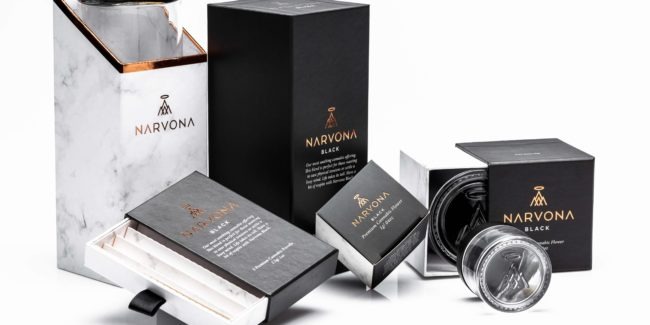With increased cannabis legalization and acceptance comes a highly competitive market. Competition means we’re in a race to the bottom when it comes to the cannabis industry, but surviving the coming corporate cannabis reckoning is possible if you build a cannabis brand worthy of acquisition.
Knowing what we know about market trends, how can cannabis business owners prepare themselves for the future? It’s an unfortunate reality that many of the small brands we see and love today will be gone in the next few years. There are two ways this will happen: through consolidation/acquisition or closure. In order to avoid the latter, here are five ways to build a cannabis brand worthy of acquisition.
5 Ways to Build a Cannabis Brand Worthy of Acquisition
1. Build a protectable brand.
By trademarking your brand, you protect your identity, distinguish it from the competition, and make it easier for customers to find (and trust) your brand. As you look toward the future, consider that the trademark helps you build a solid brand reputation, which can make you more desirable for acquisition. Part of protecting your brand identity means avoiding copying other brands, which can lead to copyright infringement litigation, particularly as brands from outside the industry take note of potential copycats. The good news is that once you’ve paid to trademark, it will never expire.
2. Utilize good design and product photography.
The first thing a potential customer knows about your brand is how it’s presented visually, whether that’s the packaging it comes in or product shots on your website. Thoughtful cannabis branding and design is important to presenting your company in a welcoming way. People who are new to cannabis might be put off by stoner visuals, so it’s best to leave behind the pot leaves—unless you have a new and interesting way to use them. Cannabis branding should look as good as anything outside the industry, probably more so since companies have to break through decades of stigma to reach new customers.
3. Play by the rules.
Compliance is key to ensuring your company will stay in business long enough to even be considered for acquisition. Regulations of everything from packaging and labels to marketing and advertising avenues (Facebook ad restrictions and billboard locations, etc.) vary from state-to-state. Until cannabis is legalized at the federal level, nationwide regulations are even more stringent (this affects things like airing commercials on broadcast TV). The rules are always changing so staying in the know about cannabis market updates is important to surviving and thriving in the industry.
4. Build a cult following.
Cannabis companies looking to stand out in the health, wellness, and lifestyle spaces will do well to lift up the cannabis plant through both treatment of it as an ingredient and a movement. Marketing cannabis successfully requires education, destigmatization, and advocacy, and nobody helps your brand do all three like loyal buyers of your products and supporters of your brand. Your devoted customer base keeps you afloat and helps you grow. So give the people what they want: handcrafted, artisanal products from a mission-driven company. People come for the product, but they stick around for the brand.
5. Work together.
It may sound counterintuitive to discuss collaboration in the midst of a post on how to stand out against the competition, but the reality is that small businesses need each other. You can’t do everything alone, so finding allies will help you survive against the conglomerates. Look for others to fill in where you’re lacking and do the same for them: perhaps a company has a better grasp of compliance issues but they lack marketing skills your brand has to share. From cross-promotion on social media to co-hosting events, there are plenty of opportunities to work together and weather the storm of an ever-changing industry.
The future of the industry doesn’t have to be a dystopia. A Thunderdome where two cannabis businesses enter, and one conglomerate leaves. The upside of a new industry is that we have the chance to learn from industries that came before us—and hopefully learn from their mistakes. This could mean everything from better racial and gender parity in the office to building an environment where small businesses can thrive, or at the very least be incorporated into larger businesses in ways that are ethical and beneficial to all—particularly the customers looking for the highest quality products.



